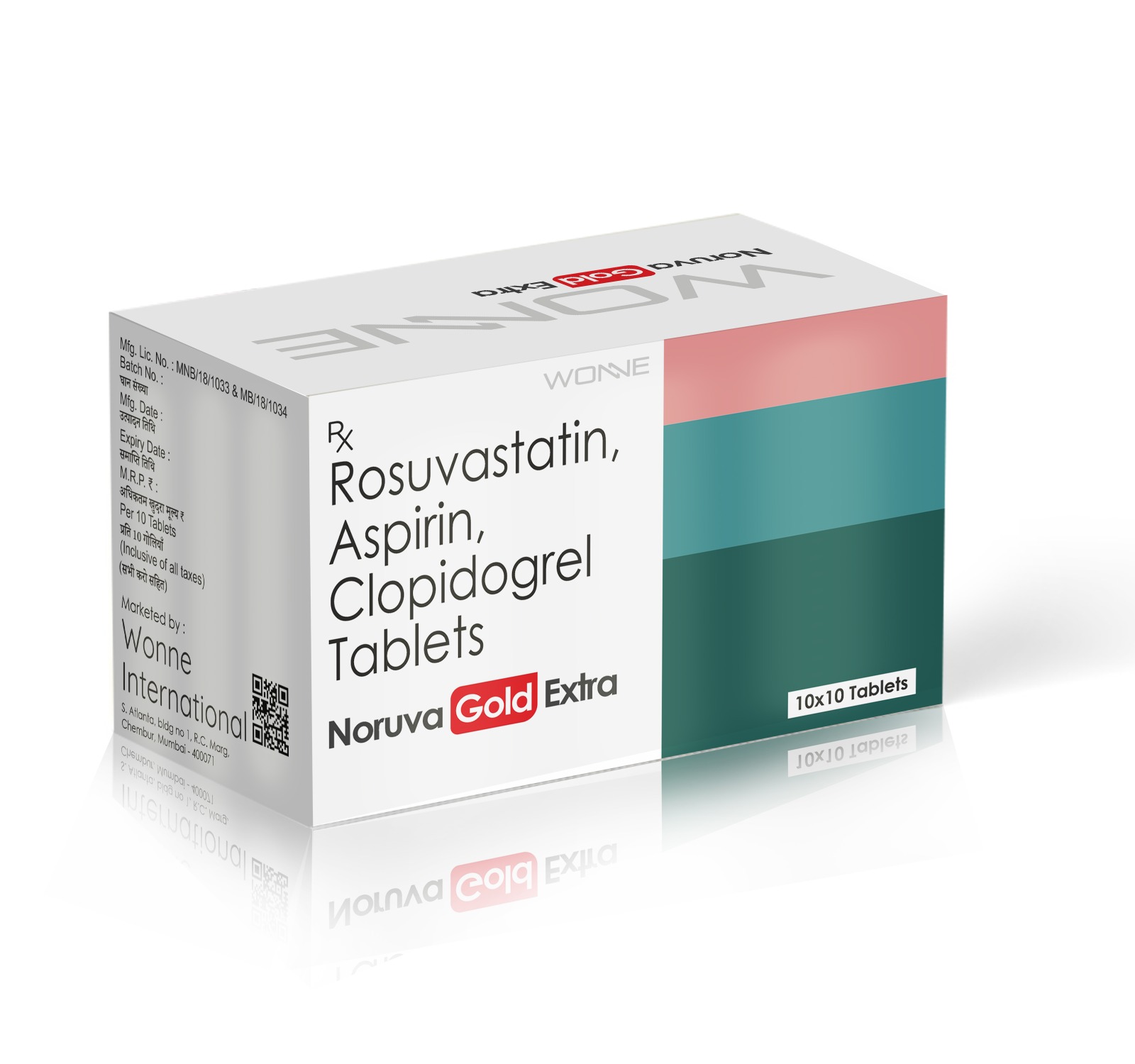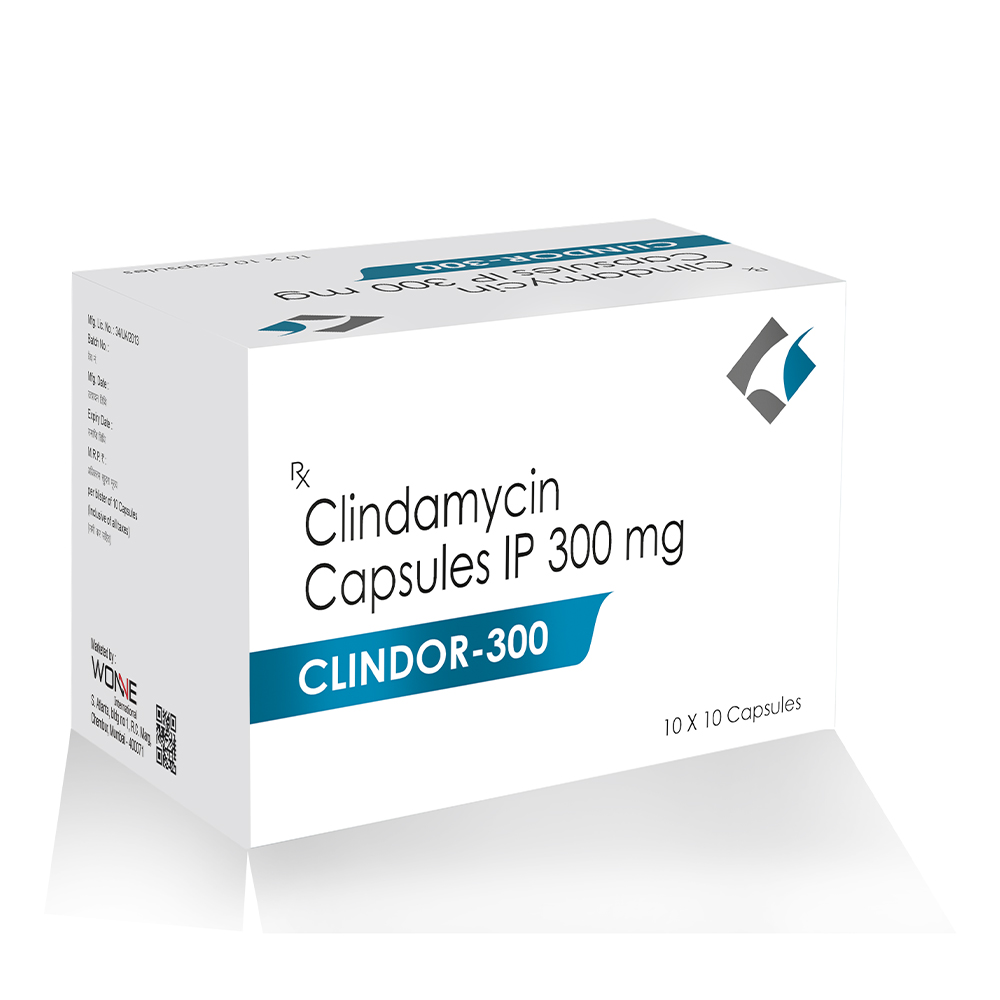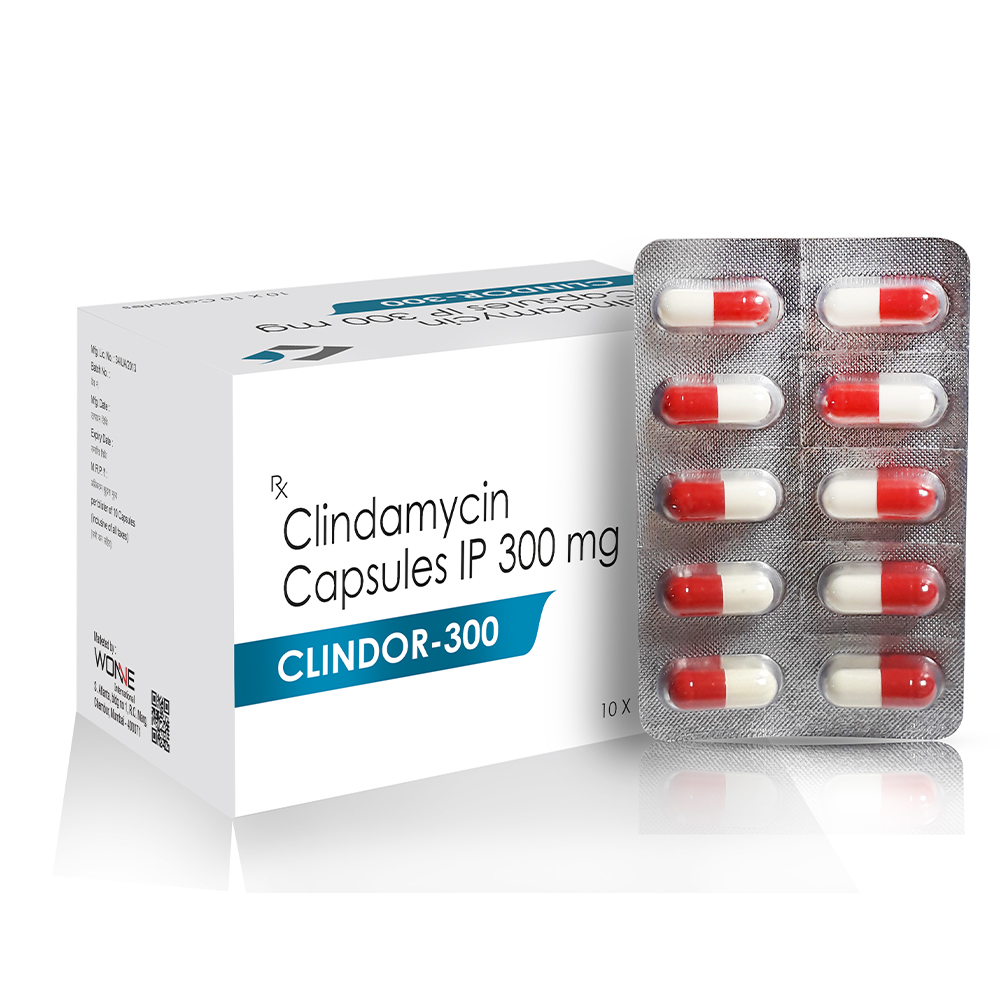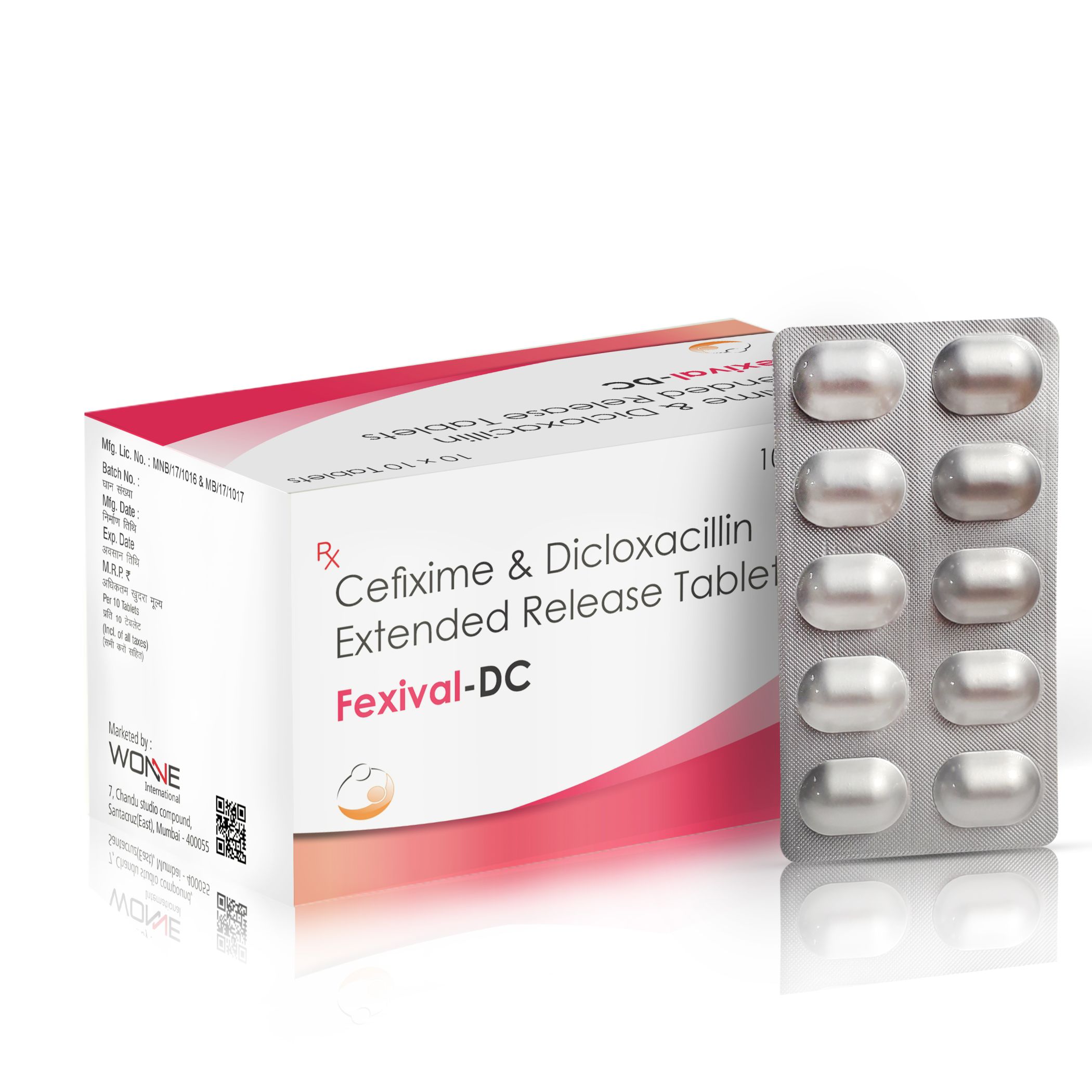
Ivabradine Tablets 5MG – Ibadra 5 Tablets
October 3, 2022
Nicoumalone Tablets IP 1MG – Numalia 1 Tablets
October 3, 2022Rosuvastatin Aspirin Clopidogrel Tablets – Noruva Gold Extra Tablets
₹1,899.00
Rosuvastatin 20mg + Aspirin 75mg + Clopidogrel 75 mg
NORUVA GOLD EXTRA Tablets – Triple Agent Combination for the Prevention of Cardiac Risk and Stroke.
NORUVA GOLD EXTRA Tablets – Rosuvastatin 20mg + Aspirin 75mg + Clopidogrel 75 mg tablet contains:
Rosuvastatin is a statin, an HMG-CoA reductase inhibitor, that primarily helps to lower the bad cholesterol level. It works by inhibiting the HMG-CoA reductase enzyme (involved in the synthesis of cholesterol), resulting in low LDL levels and high HDL levels, which prevents plaque formation in the arteries, thereby managing conditions related to the heart and blood, like stroke and heart attack.
Aspirin & Clopidogrel are antiplatelet medication that inhibits platelet aggregation and, in combination, helps to prevent clot formation. Aspirin is an NSAID that irreversibly inhibits the COX enzyme and the formation of thromboxane A2, which causes platelet aggregation. While Clopidogrel works by irreversibly inhibiting the P2Y12 receptor, it prevents activation of platelet aggregation and thereby causes blood thinning.
Key Benefits of Rosuvastatin, Aspirin & Clopidogrel Tablets – NORUVA GOLD EXTRA Tablets
✅ Triple-Action Cardiovascular Protection – Combines cholesterol-lowering statin with dual antiplatelet therapy for comprehensive heart and stroke protection.
✅ Statin for Cholesterol Control – Rosuvastatin lowers LDL and prevents atherosclerosis, reducing risks of heart attacks and strokes.
✅ Dual Antiplatelet Therapy (DAPT) – Aspirin and Clopidogrel together enhance platelet inhibition, vital for patients with coronary artery disease or post-stent placement.
Recommended By Specialists:
👨⚕️ Cardiologists: For secondary prevention of heart attack, stroke, and other cardiovascular events.
👨⚕️ Neurologists: For patients with ischemic stroke or transient ischemic attack (TIA).
👨⚕️ General Physicians: For long-term management of high cardiovascular risk patients.
INDICATIONS:
✅ Secondary prevention of cardiovascular events
✅ Post-myocardial infarction therapy
✅ After coronary stent placement or angioplasty
✅ Prevention of stroke in high-risk patients
| Pack |
|---|
Related products
-
Amoxycillin Dicloxacillin & Lactic Bacillus Capsules – Moxival DX LB Capsules
₹1,499.00Amoxycillin 250 mg + Di-Cloxacillin 250 mg + Lactic acid bacillus 2.5 Million Spores
-
-









